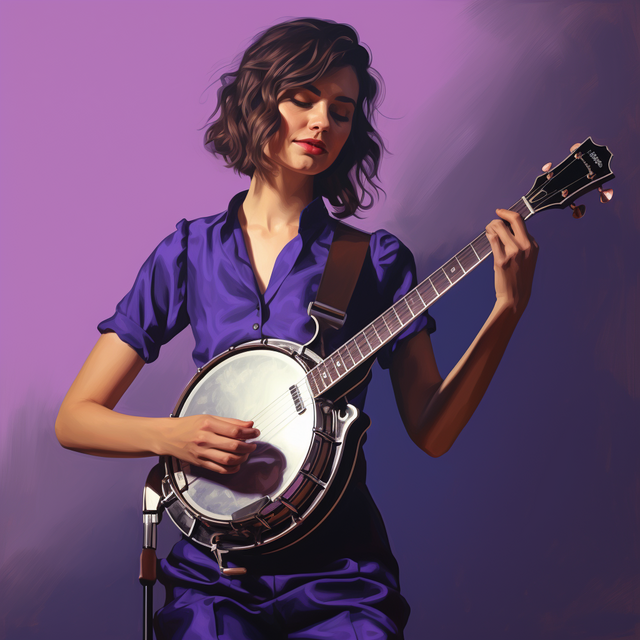Down Yonder Banjo Tabs
Traditional
Down Yonder Banjo Tablature: One Song, Many Styles
Recomended level: Intermediate
"Down Yonder" is one of the most popular old-time songs ever recorded. It is a popular American song by L. Wolfe Gilbert which was first published in 1921. Gilbert had written the lyric for the song "Waiting for Robert E. Lee" in 1912. While writing "Down Yonder", Gilbert didn't make a hundred percent change from the earlier song as he brought back previous characters from the 1912 song: Daddy, Mammy, Ephrem and Sammy. The song is mostly performed as an instrumental and this makes it hard to get the full sense of the lyrics. But what is known about the song is that it was named after a mill village of Scottsdale, close to Atlanta. The town housed band members (Wayne W. Daniel, Pickin' on Peachtree, 1990). Through the years and at various times, there have been recordings of the music using various instruments and infusing different lyrics. One of the first recordings by the Okeh studio was done in 1926 and recorded nearly thirty sides. There are a lot of records attached to the tune, but one very important thing to note is the Skillet Lickers in 1934, they recorded a version that was kept in print till 1960 and sold a record over a million copies. This made it the best-selling country music in its initial release year.
Learn how to play Down Yonder on Banjo with this selection of tablatures:
-
 Learn
LearnScruggs Style
- Difficulty
- Key G
- Tempo 120 bpm
- Tuning gDGBD
This is a fun arrangement that closely captures the melodic arc of this tune while maintain that continuous right hand movement.
-
 Learn
LearnMelodic Style
- Difficulty
- Key G
- Tempo 115 bpm
- Tuning gDGBD
An arrangement that offers a lot of time for shifting. While it may be a relatively easy arrangement for the melodic style, that offers you a great chance to focus on the finer point...
-
 Learn
LearnSingle String Style
- Difficulty
- Key G
- Tempo 110 bpm
- Tuning gDGBD
Put on your fun pants and let's boogie down yonder. Ya'll got you fun pants right? Please tell me I'm not the only one with fun pants.